How to relieve back pain at home: from ergonomic workstations, to the best pain relief tools
This article contains affiliate links. We may earn a small commission on items purchased through this article, but that does not affect our editorial judgement.
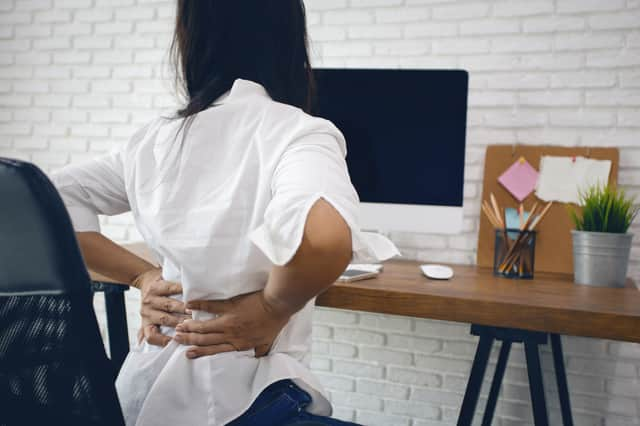

Lower back pain is an affliction that a third of the UK adult population suffers from at some stage each year, a statistic that has not improved during lockdown. Indeed, environmental factors such as reduced exercise, poorly set up work stations, and weight gain have all contributed to an increase in people consulting their GP to seek relief. According to a study by Nurofen, 36 per cent of respondents said their back pain was worse since lockdown commenced.
If you're finding your back twinges getting worse as working from home goes on, be advised there are some simple steps you can take to reduce the strain on your spine, ease the pain, and hopefully sleep better.
That said, seek professional help if
- Your back pain started after a serious accident
- It is so severe it is affecting your daily life
- You have attendant issues, such as loss of bowel control, weight loss, swelling, or you're running a fever
- It doesn’t improve after a few weeks
How to set up your work environment
If you are working from home, make sure your work station is ergonomically sound.
Remember the Health and Safety videos you were forced to sit through at work? They have their value, and odds are the sound ergonomic practices they promoted have all but been abandoned as you work from home. Try putting them right – it will assist in alleviating your discomfort.
Working on a laptop? You need an external keyboard, and mouse. The top of your laptop needs to be at eye-level, arm's length away, to prevent you from naturally hunching. The best means of ensuring this is either investing in an external monitor (downsides: expensive, takes up a lot of space) or buying a laptop stand.
If you can afford a lumbar support chair, they will assist in ensuring the natural curvature of your spine is correctly aligned – it basically enforces good posture, and helps prevent the strain you feel after hunching. If you can't afford a new lumbar chair, or don't have the space for it, invest in a lumbar support pillow, which will perform much the same function but can be moved from seat to seat (and costs a tenth as much).
While we're on the topic of lumbar support, can we say a quick word in favour of this lumbar support pillow designed for use in the car? For those of you still heading out in your car each day, this ingenious device will correct your posture and provide gentle relief from discomfort, thanks to being heated (heat aids blood flow, so when applied to a sore area it can alleviate pain).
Back to the work station: keep your feet flat on the ground as you type, or, failing that, position a footstool beneath you to rest them on (it feels a bit like being sat at a kiddie table, but it helps the back feel better). And whatever the temptation – don't decamp to working on the sofa (or, indeed, bed). Not only is it likely to slow your productivity, it will wreak havoc on your back in the long run.
Keep active
In order to keep your back strong and flexible, regular exercise is a must. It doesn't have to be strenuous – 150 minutes of walking a week is fine – but it does keep your muscles pliable and prevent back pain.
Beyond that, though, yoga, or a regular stretching regime, is one of the best things you can do to both alleviate the discomfort of back pain and prevent it from getting worse. There are a plethora YouTube videos that demonstrate therapeutic yoga exercises, many of which are very good – broadly it comes down to which instructor you like best/find least irritating.
Or, if you only put your trust in the NHS, their website has a user friendly selection of exercises to help ease pain: nhs.co.uk/conditions/back-pain/treatment
Sleep
How old is your mattress? If you can't remember purchasing it, the answer may be: too old, in which case replacing it would be a wise investment.
The springs in older mattresses give out, meaning they won't be providing the support you need. At the moment, ordering a mattress in a box may be your best option, as it'll be easy for you to transport to your room from the doorstep it is delivered to.
Our expert mattress review sites Simba mattresses as the best for those with bad backs, but for a cheaper option, Emma is also very good.
Pain relief
There are effective tools on the market that, if not replacing the role of masseurs, will nonetheless go some way to helping you feel more comfortable and flexible. We’ve rounded them up below, as well as products designed to help your posture and back health.
(A quick aside on TENS machines. Some people swear by them. We have never found them effective, so they’re omitted here. The following products have been used and enjoyed by one of our trusted reviewers)
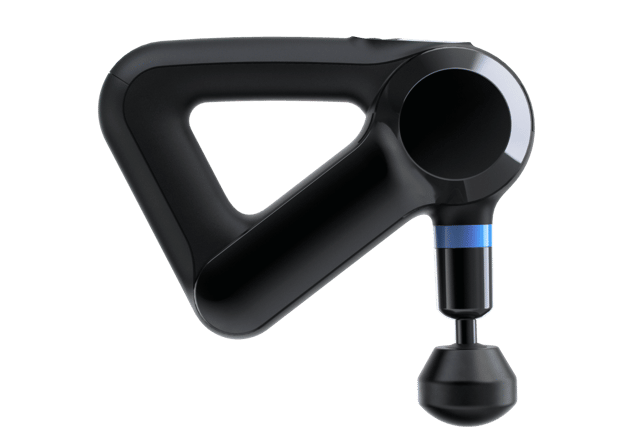

Those who exercise a great deal may already be familiar with massage guns: we purchased ours to help us deal with tight, sore muscles after brutal HIIT and weights sessions. And they are great for that purpose: loosening them up and speeding up recovery times considerable, not to mention feeling good.
Come lockdown, however, our Theragun has been repurposed to assist family members dealing with back pain: somewhat roving, too, as it can be lower back pain and sometimes located around the shoulder blades, but it helped with both.
If you haven't seen one, they're triangular contraptions with a rounded nozzle at one end that pummels and vibrates your flesh. Just make sure the gun is about an inch off the 'sore spot' and hit the trigger for thirty seconds or so.
It's quite an intense sensation, akin to having a masseuse work a trigger point. You'll find the relief quite rapid. Just ten minutes working our way back and forth across the lower back and soreness, tightness, and pain was eased. They also boost circulation, increase flexibility, and improve your range of motion if you're getting stiff.
There are a few massage guns on the market, and although they broadly provide the same service, the Theragun is the quietest we've used, with the longest battery life.
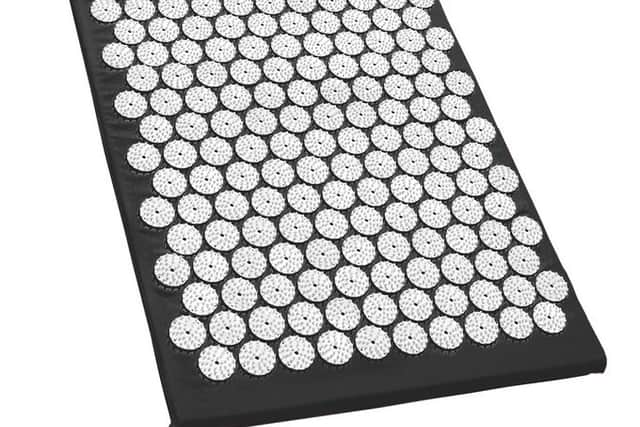

The jury is out on the scientific efficacy of acupressure mats in providing relief – the studies conducted on their effects have been too small to be conclusive.
That said, there is plenty of anecdotal evidence that these contraptions can help with pain management, at least temporarily.
They're a small, coloured mat, covered in plastic cleats, designed to stimulate relevant pressure points on your back. Use couldn't be simpler: you lie down on them, either topless or in a thin shirt, for about twenty minutes.
Personally, we found getting onto the mat a touch awkward at first – it's a question of evenly distributing your weight, and those plastic cleats can dig in uncomfortably – but once safely on it was surprisingly enjoyable.
There's a pleasant dissociative feeling – as if you're slightly out of your body, which is good for alleviating back pain. After twenty minutes, we felt floaty and tingly, and slept better that evening. We can't speak to these mats having a long-term effect, but they're good for temporary relief.
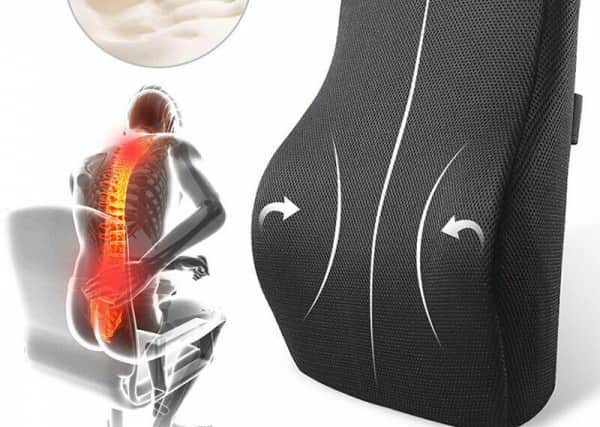

Our spine curves: try to remember that as you sit. Odds are you won’t (slouching is easier, after all), so this pillow will remember it for you - keeping you sat upright.
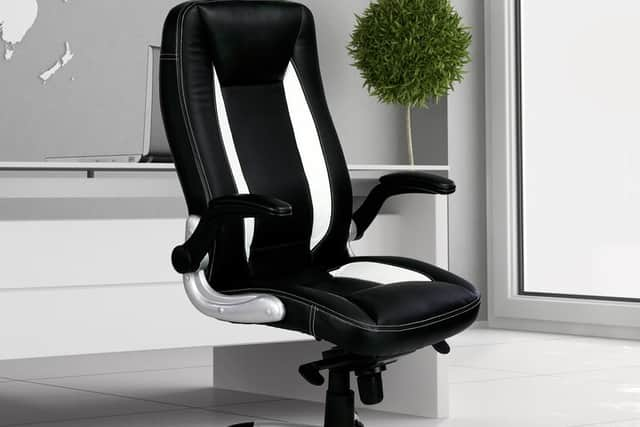

Pricier, but prettier (and cooler) - this Wayfair executive chair will provide both back and neck support. With good suspension, it will help you feel comfortable and supported for long stretches - ideal if you’re a workaholic.
The knee tilt mechanism helps you find an alignment that feels natural. A very, very comfy chair.


We won’t beat around the bush here, Simba’s Hybrid Pro mattress is supremely comfy. As in, risk a danger-sit during the day and there’s a chance you’ll stay there for some time. Not ideal for productivity (particularly when so many of us are still working from home), but an absolute dream come sleep time.
It features a combo of foam and Titanium Aerocoil Spring-Comfort layers which, although make for quite a heavy mattress (you might need an extra pair of hands to carry it through your home), provides enhanced airflow and that hug feeling you get from a good quality mattress. Plus, a 100% natural wool top layer aids with temperature regulation, though if you run hot it might still be a little on the warm side.
The Hybrid Pro has a firm feel about it, so it’s a popular choice for those who experience back pain and individuals who require more support, and there’s absolutely no motion transfer, so you can snooze soundly even if your partner moves a lot during the night. Its biggest downfall, we think, is the strong, chemical smell it emits upon first opening.
This is fairly normal for a foam mattress, but we found the odor of the Hybrid Pro to be strong for the first two nights. It fades over time, and after a few days we found the smell to have gone, however, if you’re unable to air the mattress for a while before using expect there to be an adjustment period whilst the fragrance disappears.
It’s ready to use three hours after unboxing but, as with all vacuum-packed mattresses, it can take a few days to reach full expansion. Happily, Simba offers a 200-night trial, during which time you’re welcome to change your mind and return your mattress, and the Hybrid Pro comes with a 10-year guarantee, so if anything goes wrong you can have it replaced for free.
Delivery is speedy – three business days – and we appreciated the cutting tool provided to assist with unpacking.
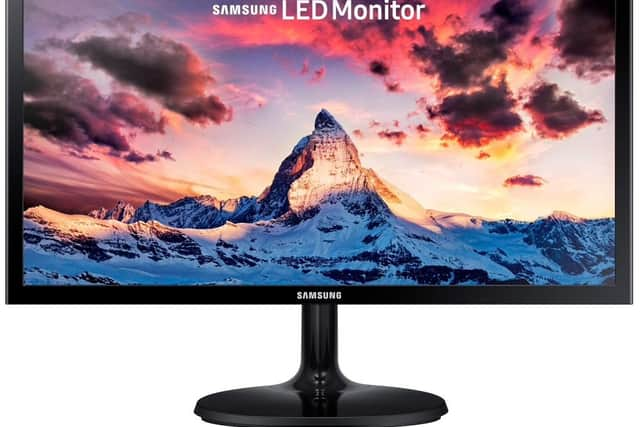

Working on a larger, second monitor will save you from naturally bending your head down, reducing strain on the eyes and neck. This Samsung monitor is a relatively inexpensive option, but nevertheless will provide bright, LED display and is large enough to ease your eyes.
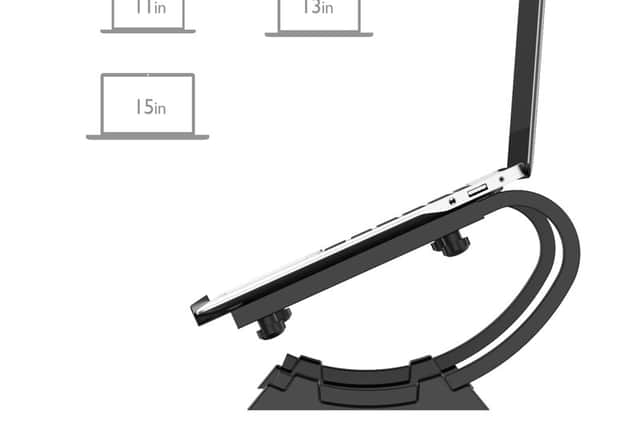

Altogether less expensive is a laptop stand. This version allows you to adjust the height and angle, which is handy if you’re working in a room where the light changes, or simply want to be able to move your screen to avoid a double chin during a dread zoom call.
